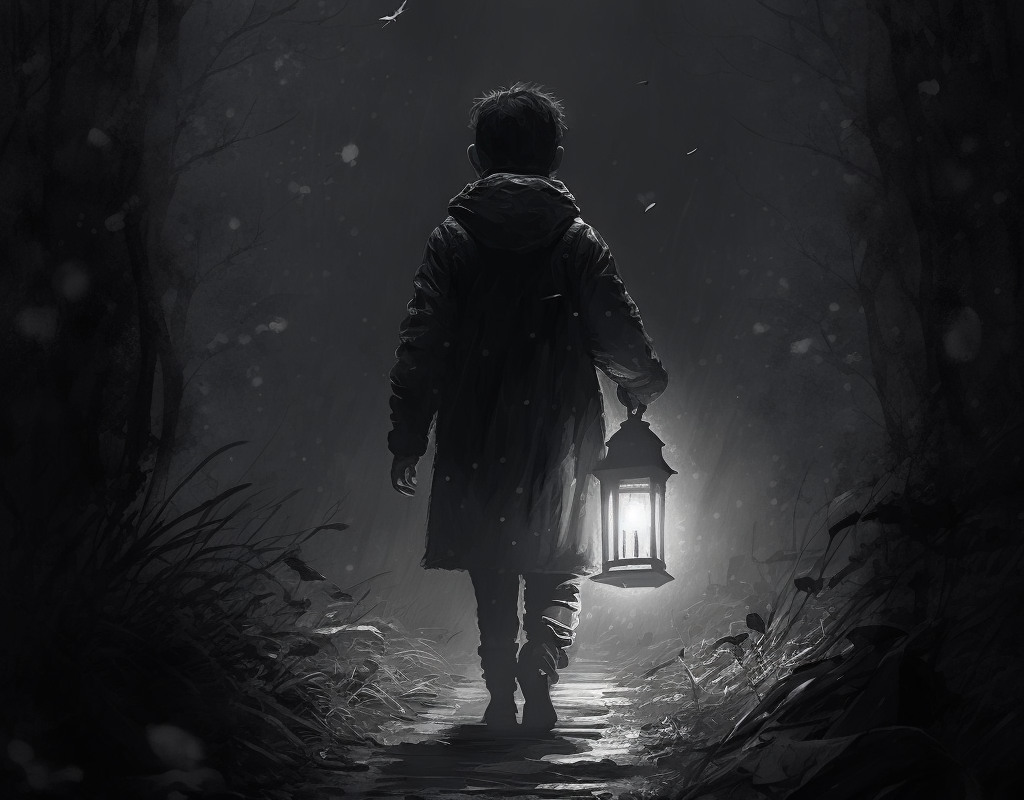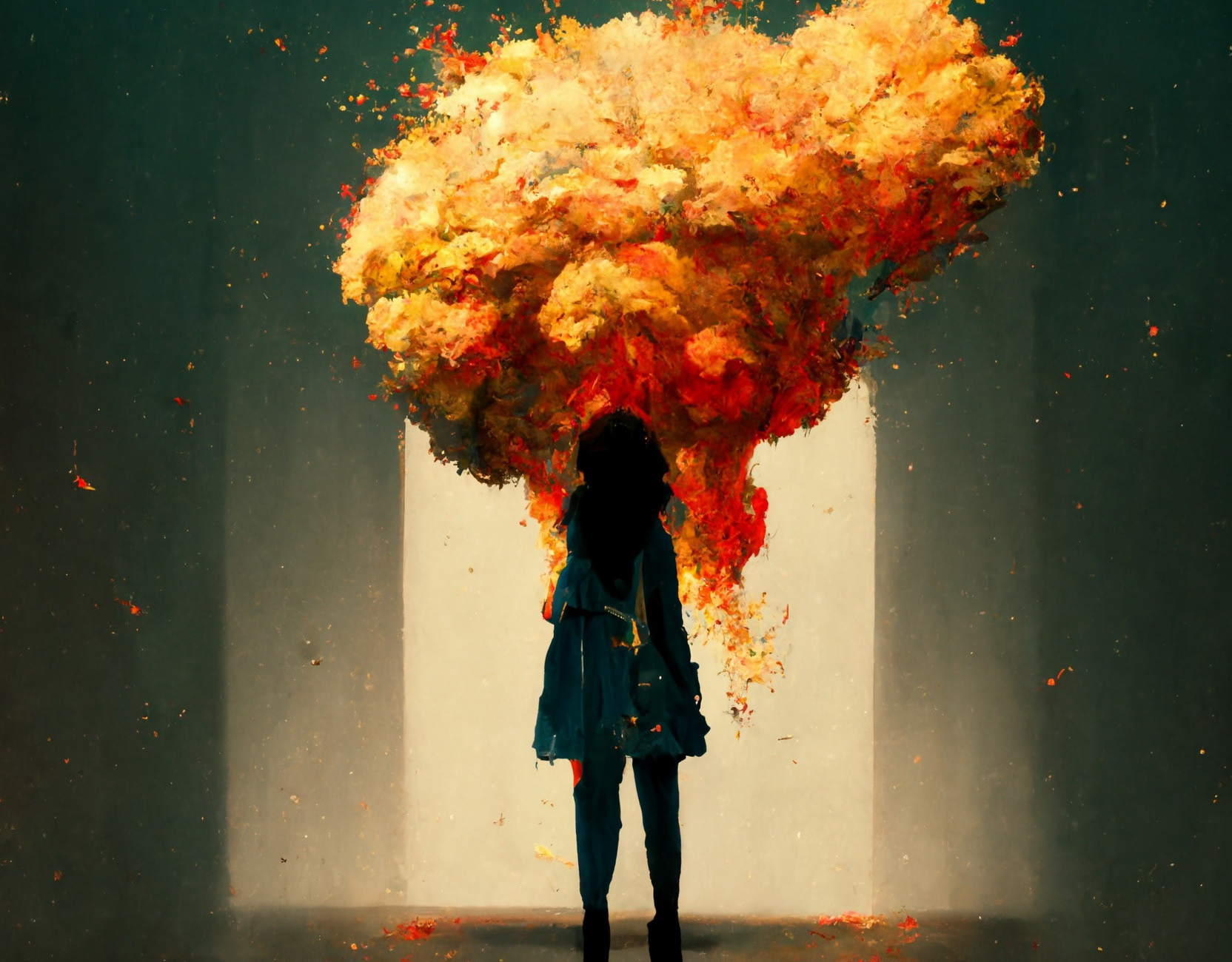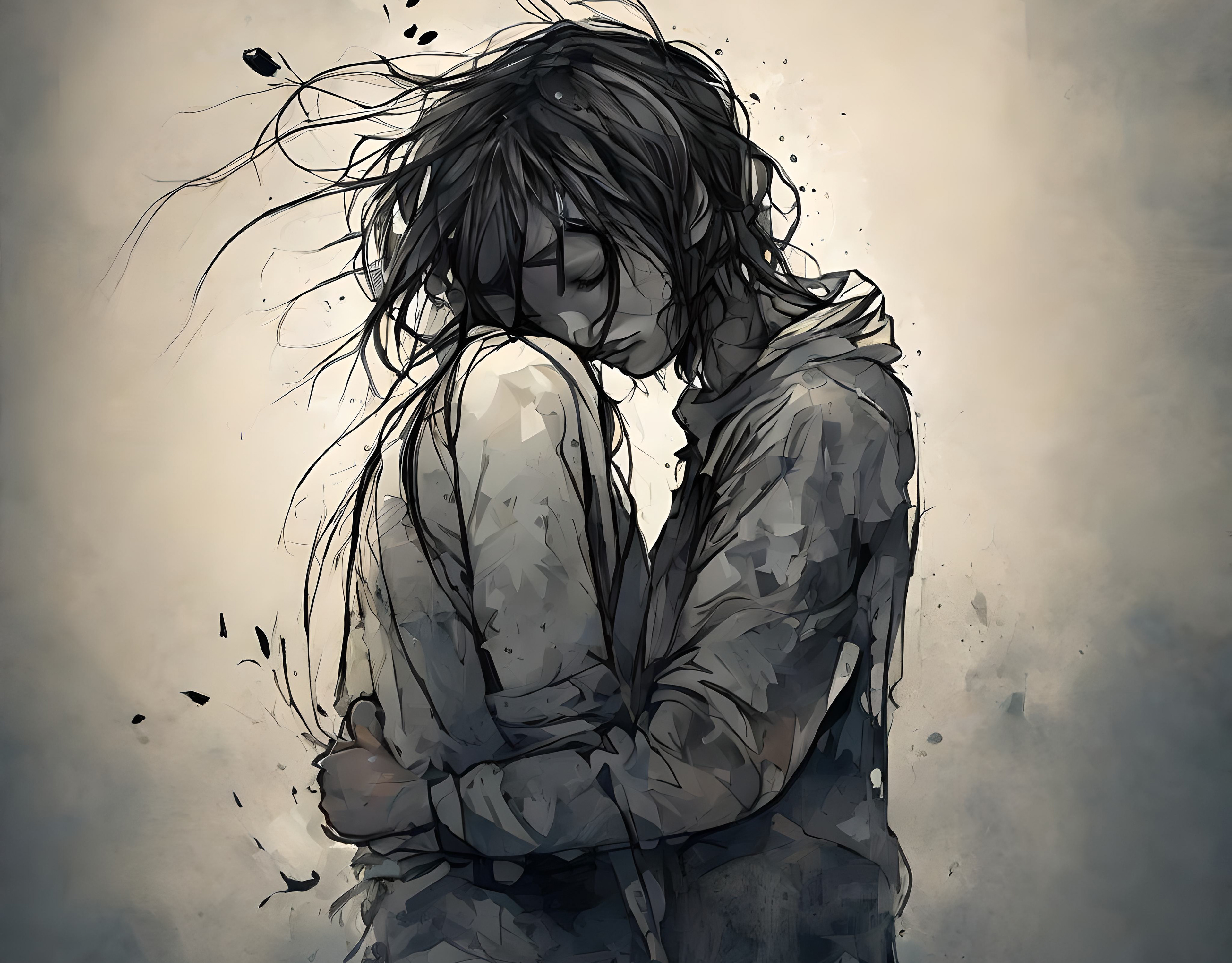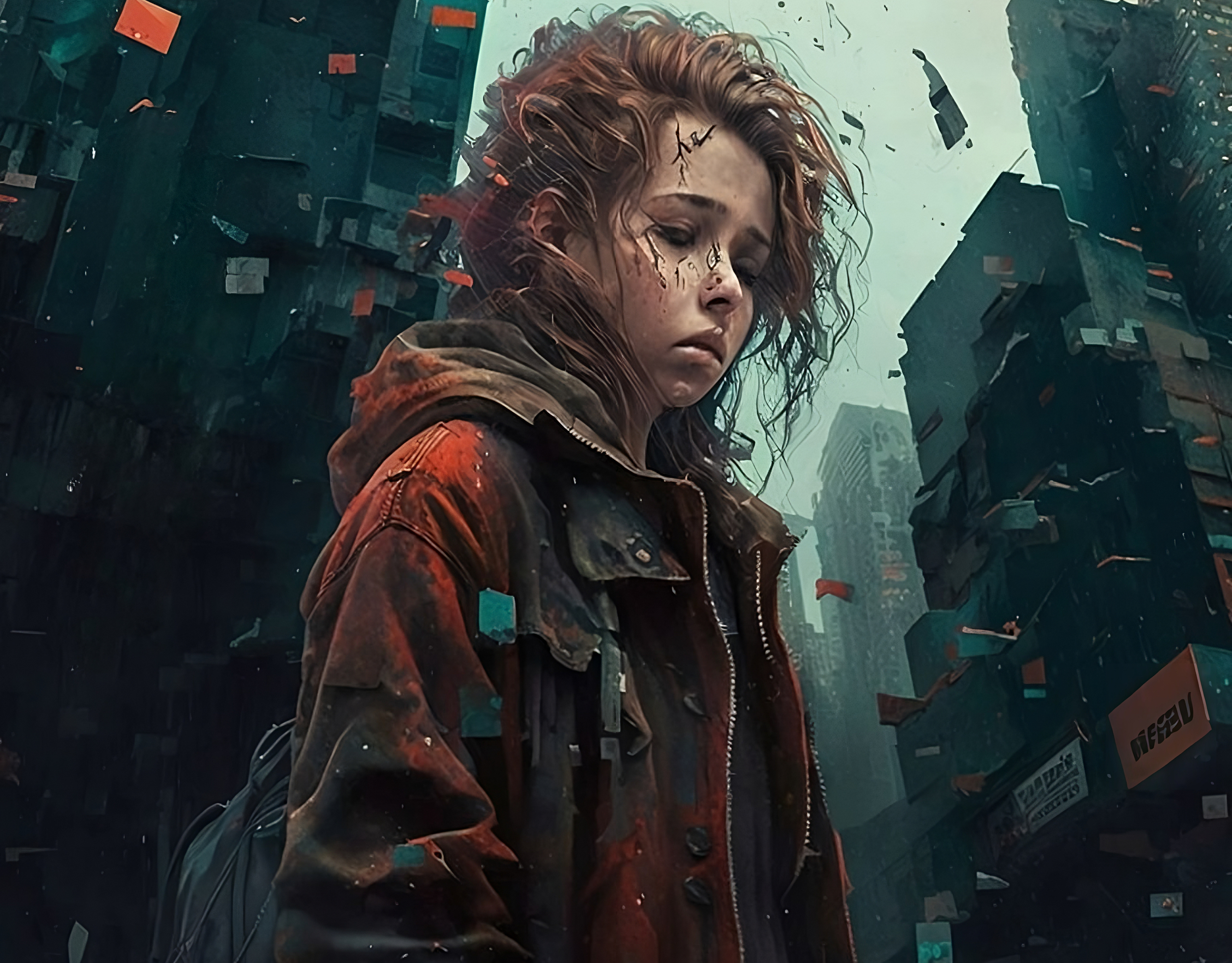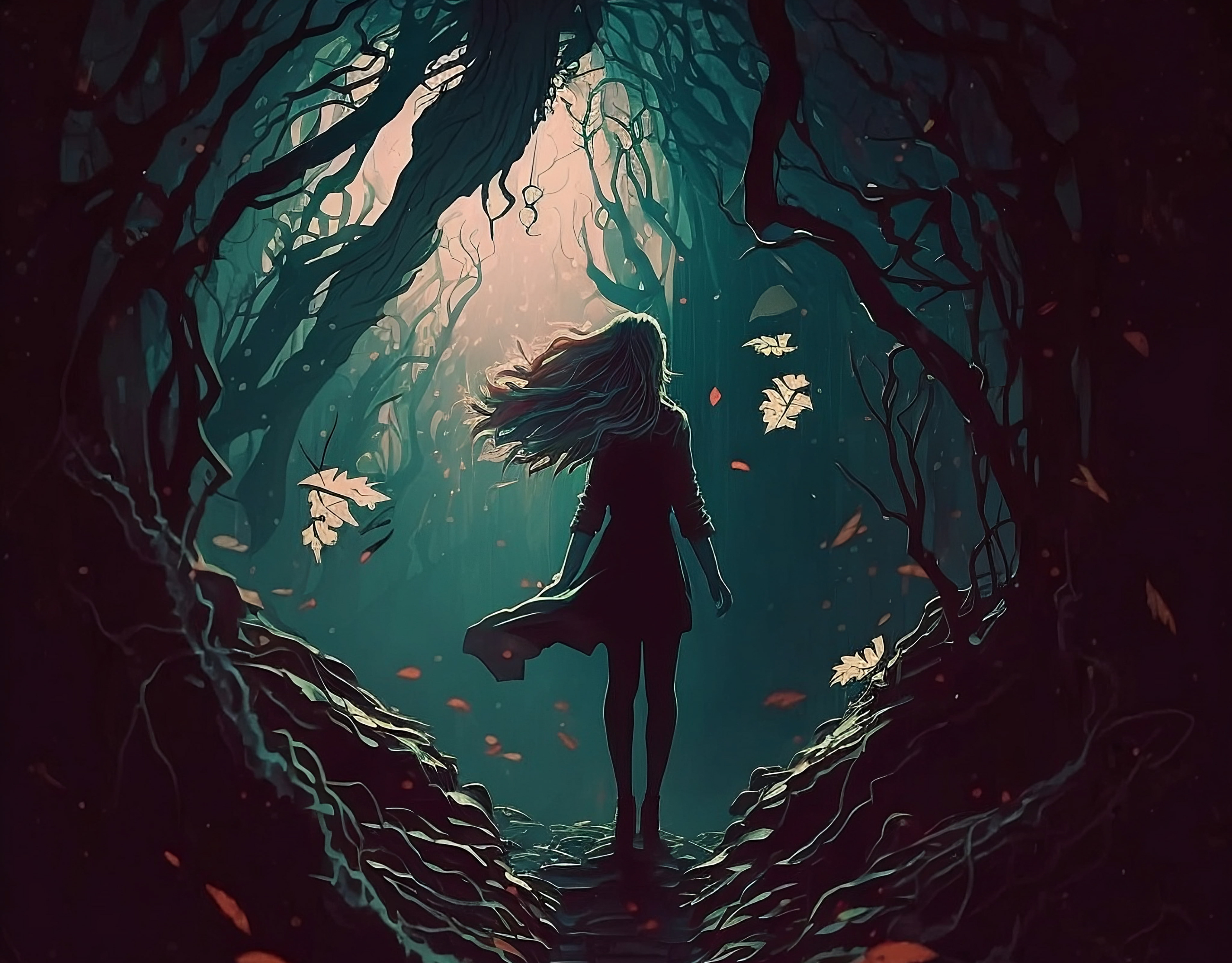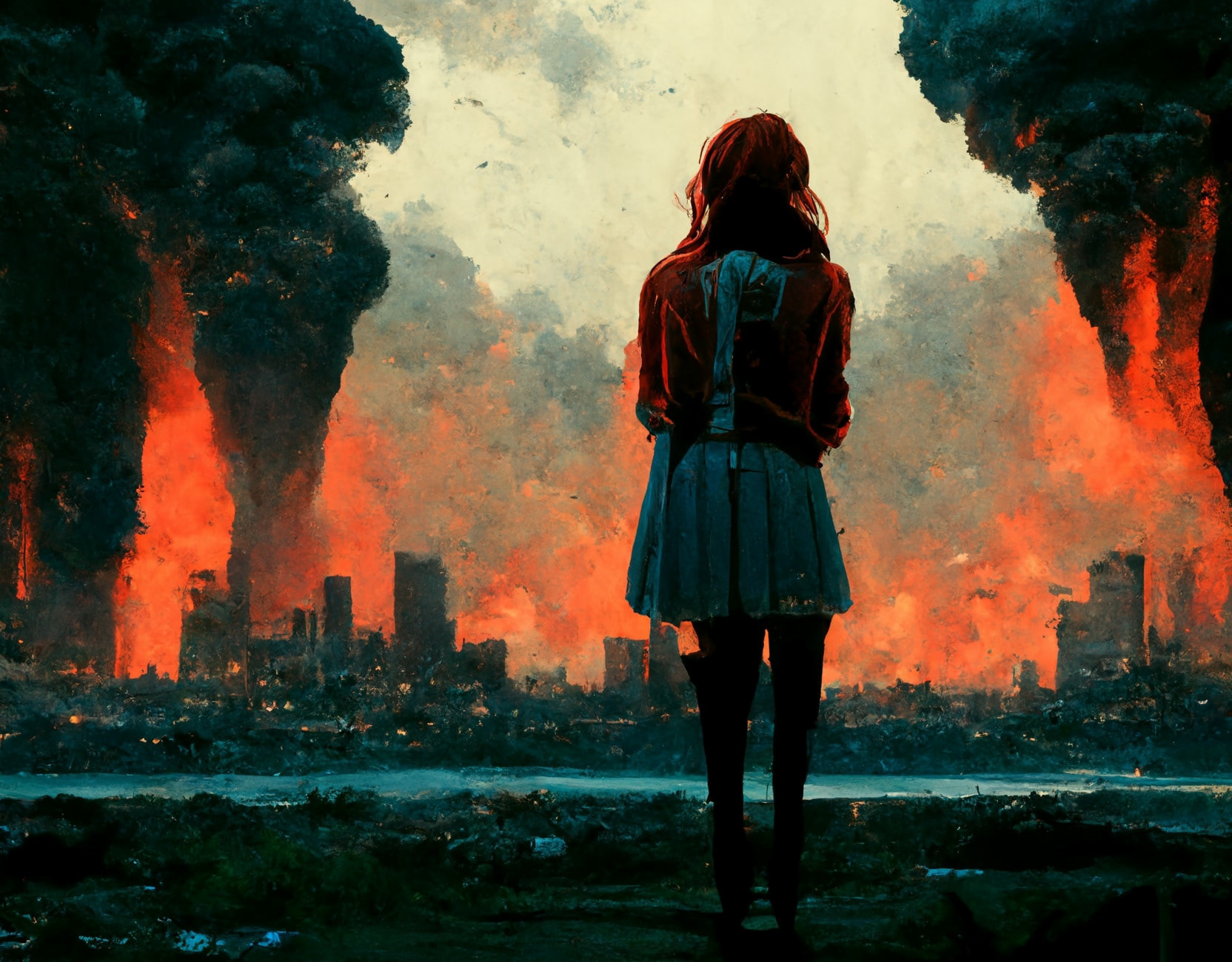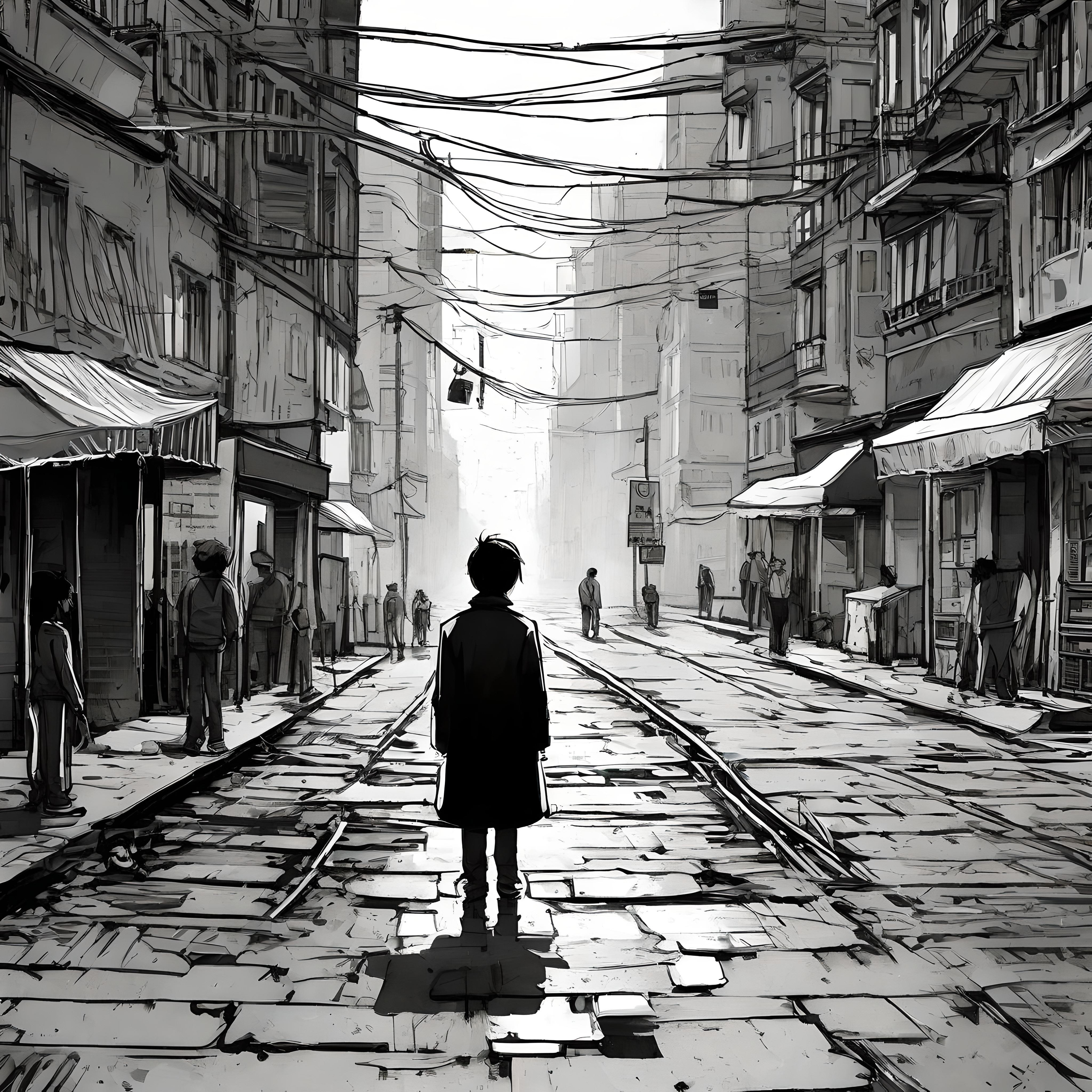
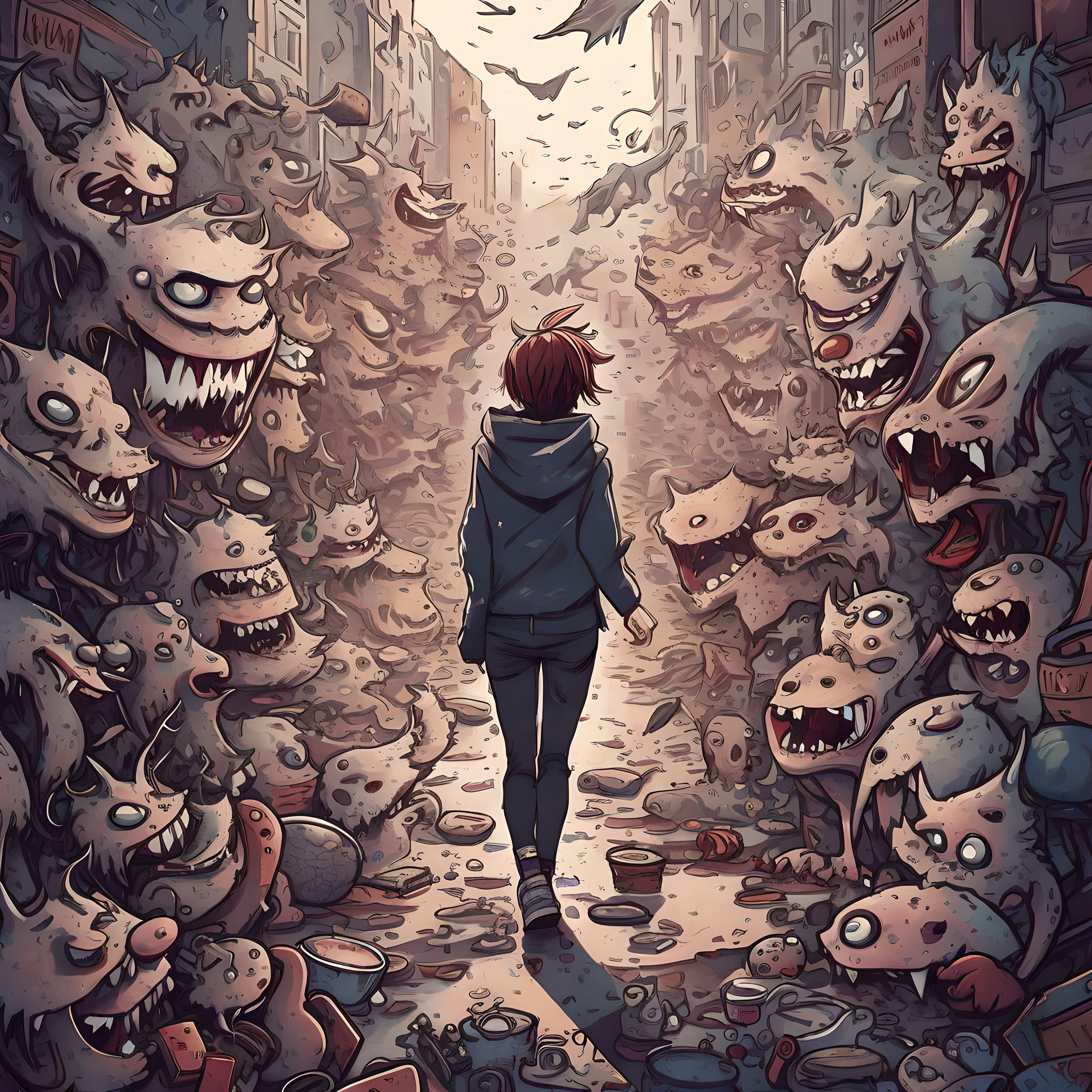
Ugly Faces
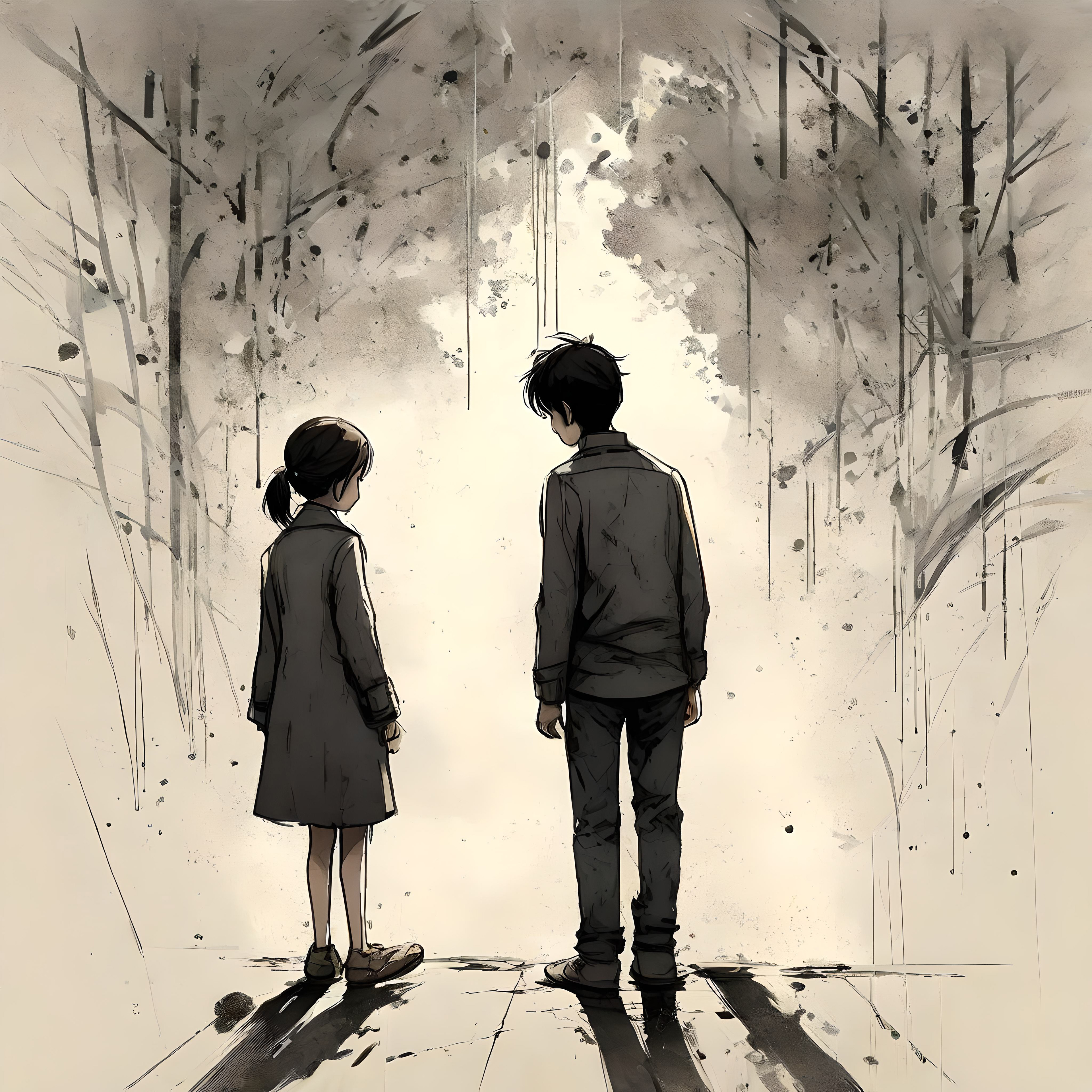
Simplism
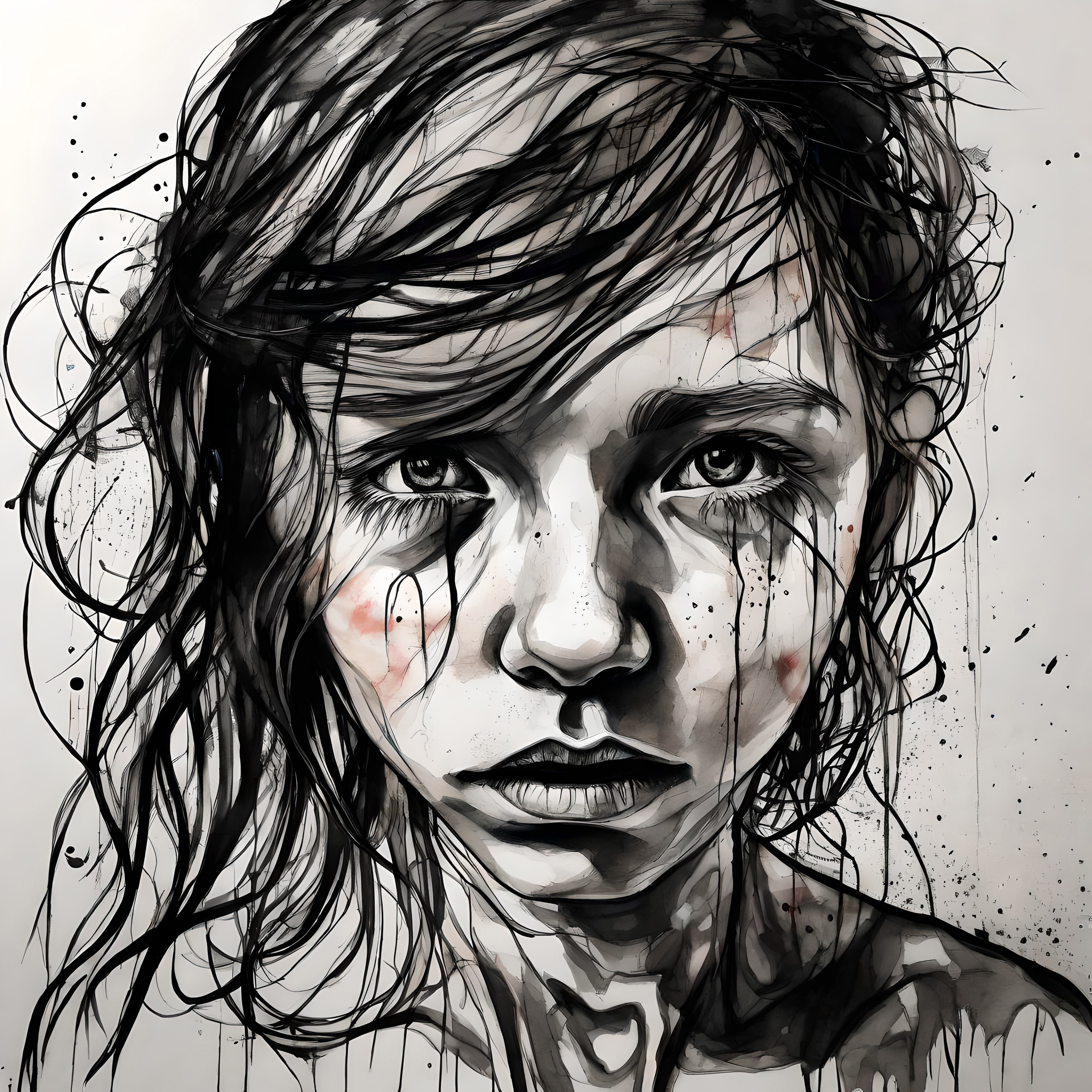
Sadnessity

In Flames
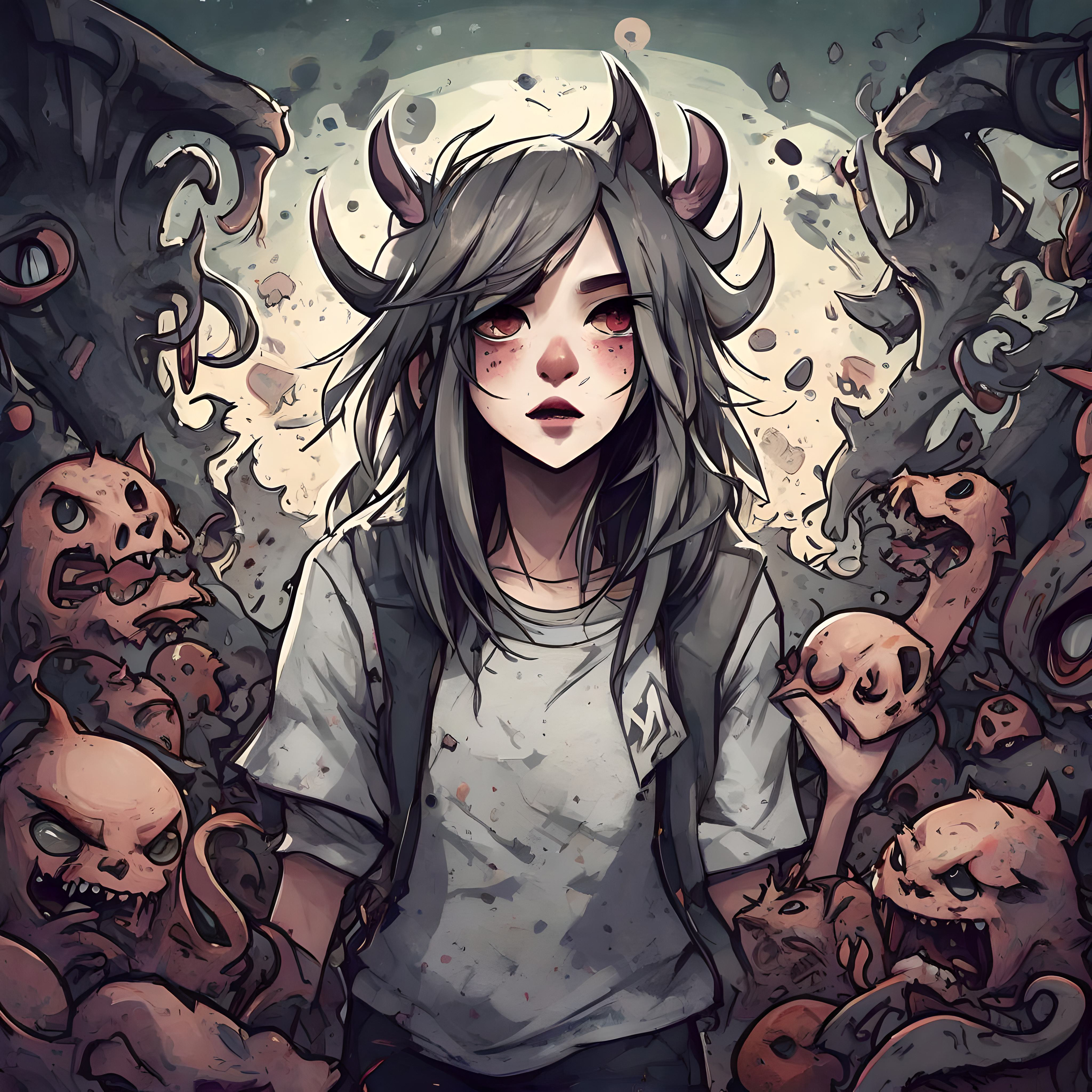
Popular Monster
Ugly Faces
In the artwork titled "Ugly Faces," I aim to capture the introspective journey of a girl immersed within the depths of her own mind. The painting portrays her surrounded by what I refer to as the "ugly faces," which symbolize her inner demons, intrusive negative thoughts, and the overamplified self-judgment that many of us grapple with.
These faces also serve as a visual representation of the inner turmoil and self-criticism that can haunt our thoughts. It's an exploration of the complex relationship between self-perception and self-worth, shedding light on the internal struggles that can profoundly impact one's sense of self. The "Ugly Faces" painting aims to encourage empathy and understanding for the internal battles that many endure and underscores the importance of self-compassion and mental well-being in the face of such inner turmoil.
These faces also serve as a visual representation of the inner turmoil and self-criticism that can haunt our thoughts. It's an exploration of the complex relationship between self-perception and self-worth, shedding light on the internal struggles that can profoundly impact one's sense of self. The "Ugly Faces" painting aims to encourage empathy and understanding for the internal battles that many endure and underscores the importance of self-compassion and mental well-being in the face of such inner turmoil.
Sadnessity
Drawing inspiration from the play on words between 'necessity' and 'sadness,' the piece delves into the concept that experiencing sorrow is not only inevitable but at times, vital for our emotional growth and understanding. The artwork prompts viewers to reflect on moments in their lives when sadness, though painful, led to deeper introspection, empathy, or transformation. It nudges them to appreciate the value of such emotions, suggesting that in specific contexts, sorrow can be as integral to our emotional well-being as joy. Through "Sadnessity," I aim to challenge societal norms that often stigmatize sadness, encouraging a broader understanding of its nuanced place in our emotional landscape.


